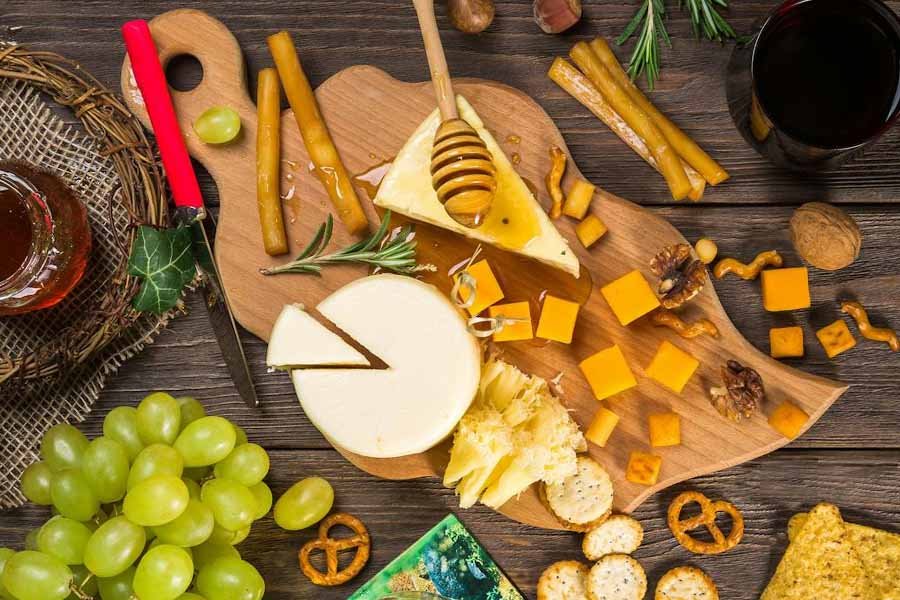As the seasons change, so does the availability of fresh fruits and vegetables. While eating seasonally provides a variety of benefits, many wish to enjoy their favorite flavors year-round. Fortunately, through preservation techniques such as canning, freezing, drying, and fermenting, you can extend the life of seasonal produce and enjoy their flavors anytime. This article guides you through these methods, ensuring your pantry and freezer are stocked with the tastes of each season.
Canning Seasonal Produce
Canning is a traditional method that involves processing food in airtight, sterilized containers to extend its shelf life. This method is great for fruits, vegetables, jams, and pickles. There are two main types of canning: water bath canning, suitable for high-acid foods like fruits and tomatoes, and pressure canning, needed for low-acid foods like vegetables and meats. Safety is paramount in canning, so ensure you follow up-to-date guidelines from reliable sources to prevent foodborne illnesses. Starting with simple recipes and adhering to strict hygiene and processing instructions can make canning a rewarding way to preserve your favorite seasonal flavors.
Freezing for Freshness
Freezing is perhaps the easiest method of preserving food. Most fruits and vegetables maintain high quality when frozen properly; however, it’s crucial to blanch vegetables before freezing to halt enzyme activity that can spoil the flavor and texture. For fruits, washing, drying, and slicing them before freezing can preserve their quality. Use airtight containers or freezer bags to prevent freezer burn and label everything with the date to keep track of freshness. Frozen produce can be a fantastic time-saver for smoothies, soups, and stews.
Drying and Fermenting
Drying, whether using a dehydrator, oven, or air-drying, is a convenient method for preserving herbs, fruits, and vegetables. Dried foods take up less storage space and can add a concentrated flavor to dishes. Ensure foods are thoroughly dried to prevent mold growth.
Fermenting is another ancient technique that not only preserves food but also enhances its nutritional value by adding probiotics. Sauerkraut, kimchi, and pickled vegetables are popular fermented foods that are simple to make at home and can add unique flavors and health benefits to your diet.
Using Preserved Foods in Cooking
Once you’ve preserved your seasonal produce, incorporate them into your meals throughout the year. Canned fruits and vegetables can replace fresh ones in recipes, frozen produce works well in cooked dishes or smoothies, and dried fruits and herbs can add a burst of flavor to any meal. Fermented foods make great side dishes or condiments, adding a punch of flavor and nutrition.
Conclusion
Preserving seasonal produce allows you to enjoy the bounty of each season throughout the year. Whether you’re a novice or seasoned preserver, these methods can enhance your culinary creations and reduce food waste. Start with one method that suits your lifestyle and gradually explore others. By preserving seasonal flavors, you not only extend the life of your favorite produce but also capture the essence of each season in your cooking.







0 Comments